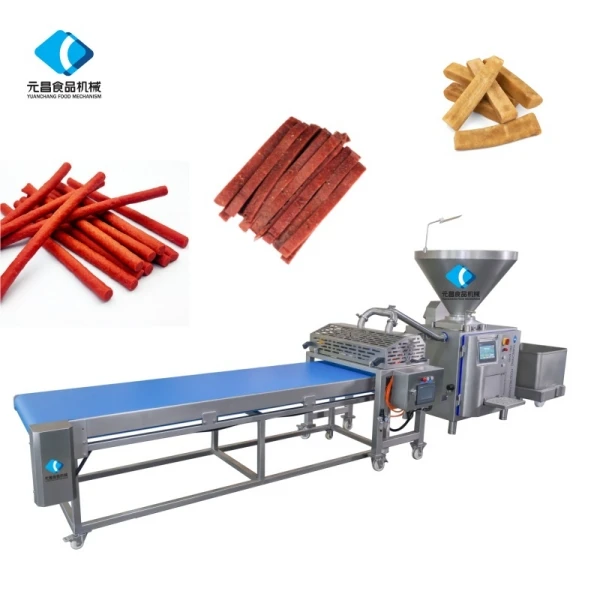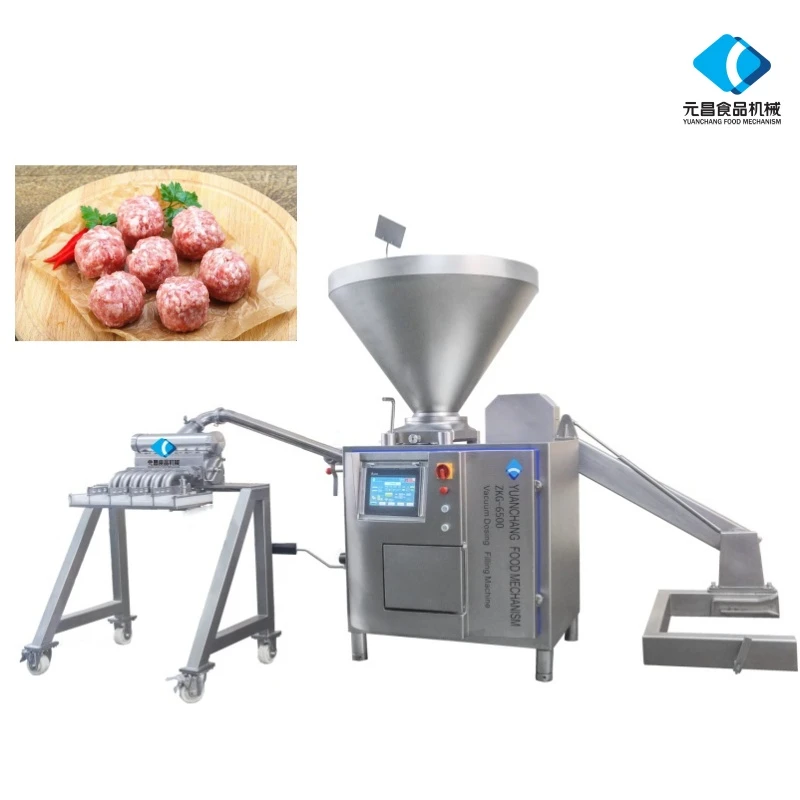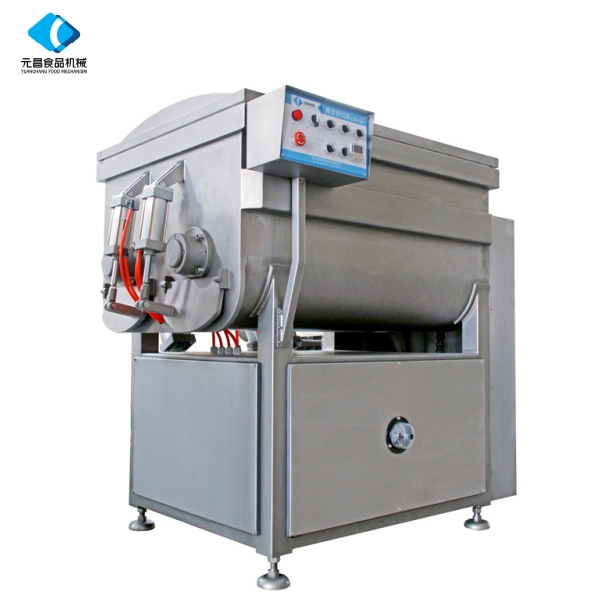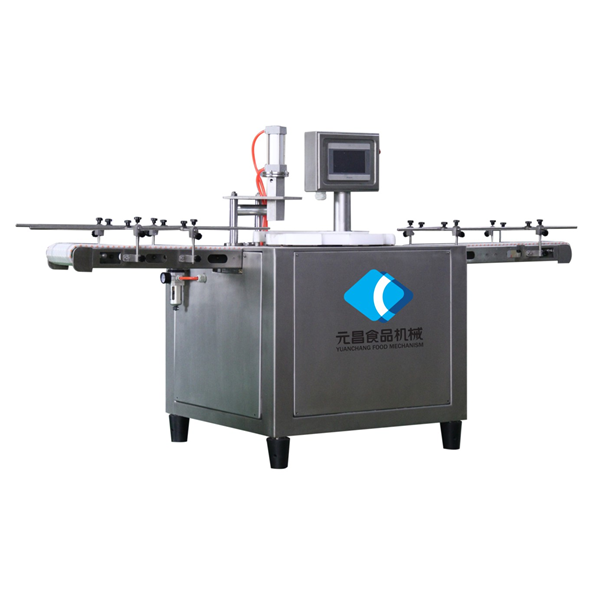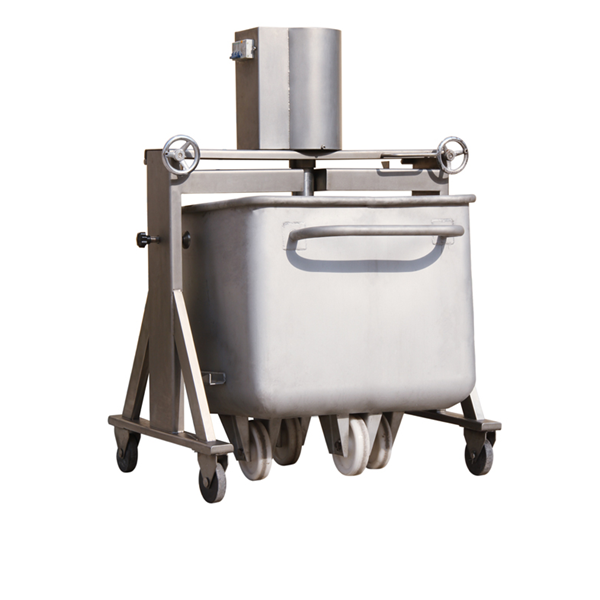Sausage Machine with Auto Twist—Faster, Cleaner, Better?
Inside the new wave of automated sausage lines: field notes from the floor
I’ve spent the better part of a decade walking factory floors, watching gear spin and casings fly, and—believe me—this is a space where small refinements pay big dividends. If you’re evaluating a sausage machine, the latest Portioning Twisting Production Line from Shijiazhuang, Hebei Province, China has been popping up in more conversations than I expected. To be honest, it’s not just marketing noise; the package of precision portioning, high-speed knotting, and cleanability has matured nicely.

What’s actually under the hood
The line ships in SGN-1200Ⅱ and SGN-1200Ⅲ configurations. Both use high-quality SUS304 stainless steel with a key or Bus-type motion controller. In plain terms: responsive servo control, reliable portion accuracy, and easy parameter tweaks for different recipes. The high-speed knotting unit handles animal, protein, and plastic casings—handy if you’re toggling SKUs every few hours. The whole frame is built with robust waterproofing for washdowns; operators told me cleanup feels less fussy than older rigs.

Product snapshot (real-world numbers may vary)
| Model | SGN-1200Ⅱ / SGN-1200Ⅲ |
| Material | SUS304 stainless steel, food-grade seals |
| Portion length | ≈ 30–400 mm (programmable) |
| Casing types | Animal, protein, plastic |
| Throughput | Up to ≈ 1,200 portions/min (product-dependent) |
| Controller | Key/Bus-type motion controller, programmable HMI |
| Waterproofing | High washdown resistance (IP rating varies by build) |
Process flow and testing
Materials: SUS304 frames and guards, FDA-compliant gaskets, food-safe lubricants. Methods: servo-driven portioning, synchronized filling and twisting, fixed-length cutting. Testing standards typically include salt-spray resistance checks on metal surfaces, portion-weight repeatability tests (target ±1–2% under stable fill viscosity), and HMI cycle diagnostics. Expected service life? With standard maintenance, shops report 7–10 years of productive use, sometimes more.
Industries: mid-to-large meat processors, private-label plants, and, surprisingly, a few plant-based sausage startups leveraging the same twist tech. Certifications usually requested: CE, HACCP-aligned designs, and where relevant, 3-A style sanitary principles for clean-in-place logic.
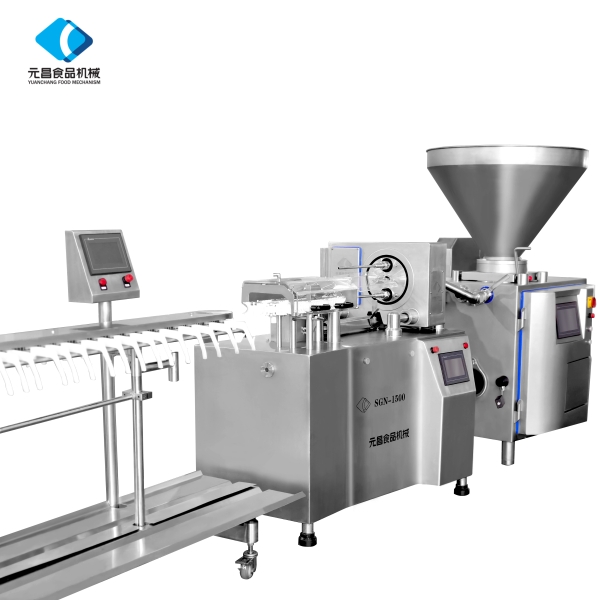
On the floor: a quick case
A midsize processor in Eastern Europe swapped two legacy lines for one SGN-1200Ⅲ. Result: line changeover dropped from 22 minutes to ≈ 8–10 minutes; giveaway reduced by ≈ 1.4% on cocktail sausages (35 mm length). OEE nudged from 72% to 81% over six weeks, after operators fine-tuned casing tension and fill pressure. They said the sausage machine “felt more forgiving” with borderline emulsion viscosities.
Vendor landscape (shortlist view)
| Vendor | Material/Build | Controller | Accuracy | Washdown | Certs | Customization |
|---|---|---|---|---|---|---|
| YC Meat Mech (SGN-1200Ⅱ/Ⅲ) | SUS304, welded frame | Bus/key motion, HMI | ±1–2% (typical) | High (IP washdown) | CE, HACCP-ready | High; portion length/twist |
| Brand A (EU) | SUS304/316 mix | PLC + servo | ±1% | IP69K options | CE, 3-A style | Medium–High |
| Brand B (US) | SUS304 | PLC | ±2–3% | IP65–67 | UL/CE | Medium |
Customization and day-2 support
Options include variable portion-length recipes, multi-SKU presets, and alternate knotting heads. Many customers say the vendor’s remote diagnostics are decent; I guess it helps when you’re spread across shifts. Spare-parts kits, operator training modules, and sanitation SOP templates are usually bundled. The sausage machine can be tuned for leaner emulsions or plant-based mixes with modified auger profiles.

Compliance, data points, and what to ask
- Stainless spec: SUS304 per widely recognized food-contact norms; verify MTCs and finishing Ra.
- Hygiene: design should align with HACCP principles; ask for sanitary weld profiles and drain angles.
- Ingress protection: request documented IP test results for motor/controls.
- Portion tests: look for 500–1,000 piece runs with Cpk ≥ 1.33 on weight variance.
- Service life: plan PM at 2,000–3,000 hours; seals/bearings intervals may vary with CIP chemistry.
Bottom line: if you need fast changeovers, precise lengths, and tough washdown resilience, this sausage machine earns a proper trial.
References
-
Discover the Benefits of Vacuum Marinating Machines for Efficient Food ProcessingNewsNov.24,2025
-
The Ultimate Guide to Commercial Chicken Scalders: Efficiency, Sustainability & InnovationNewsNov.23,2025
-
Chicken Harvesting Equipment: Efficient & Humane Solutions for Poultry ProducersNewsNov.22,2025
-
Comprehensive Guide to Meat Processing Plant Equipment | Efficiency, Safety & SustainabilityNewsNov.21,2025
-
Meat Processing Bins: Durable Solutions for Safe & Efficient Meat Handling WorldwideNewsNov.20,2025
-
Best Commercial Marinating Machines for Meat Processing | Efficient & ScalableNewsNov.20,2025





